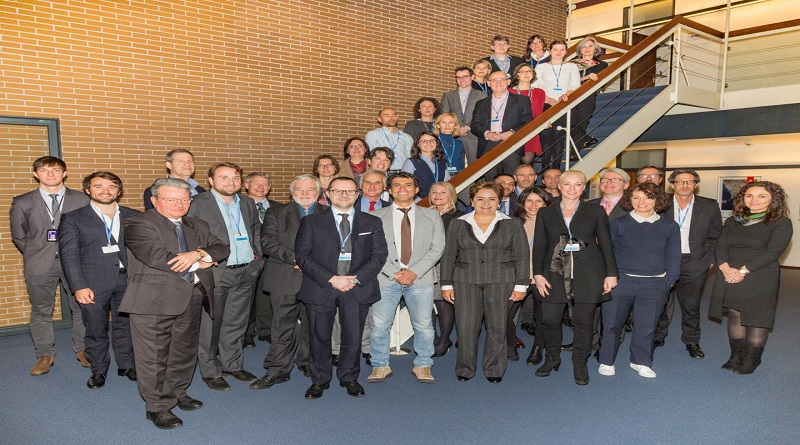UN, Fashion Industry seek ways to reduce emissions from sector
The fashion industry and UN Climate Change are searching how best to work together to reduce greenhouse gas emissions in the sector and have fashion’s voice heard in international negotiations under the United Nations Framework Convention on Climate Change.
Currently, total greenhouse gas emissions from textiles production, at 1.2 billion tonnes annually, are more than those of all international flights and maritime shipping combined. By some estimates, sector emissions are expected to rise by more than 60 percent by 2030.
United Nations Climate Change Executive Secretary, Patricia Espinosa, said; “I believe we stand at a turning point in history. For the first time, humans are no longer just affected by weather cycles, we are affecting those cycles—and suffering the consequences of doing so.”
Some 38 representatives of well-known brands, such as Hugo Boss, Adidas, Puma, Kering VF Corporation, C&A, and H&M, together with a yarn manufacturer, recycler and representatives of associations devoted to environmental sustainability in the fashion sector, spent two days in Bonn and explored, among other things:
Possible environmental targets
Regional dialogues with fashion industry suppliers
An online platform to engage in dialogue, globally and locally, bringing together the many but separate environmental initiatives in the fashion and broader textile sector
Enhanced engagement with policymakers at the national level and international level, in the context of the Paris Climate Change Agreement and the UN Sustainable Development Goals
Development of a common narrative and communications, including at major meetings and conferences
Showcasing of best practices and ambitious action on climate change
Reaching out to others – the majority of brands, suppliers and other stakeholders are still not engaged
New business models that drive business while ensuring environmental sustainability.
“To turn things around, we must make a choice: we can keep on with business as usual and hope to survive the consequences or take a good hard look at ourselves in the mirror and admit that we need a drastic and dramatic change,” UN Climate Change Executive Secretary Patricia Espinosa said last week at the launch of the meeting at the UN Climate Change secretariat. “This change must come from all people, and all sectors of the business world, including the fashion sector.”
The next step is preparation of a report by UN Climate Change to share with industry representatives, and then get moving on a programme of work to spur global climate action for sustainable development in the fashion sector, one that builds on the many existing environmental initiatives.
“The fashion sector has a huge challenge – complex supply chains from primary producers to retail shops, and fast-growing demand with limited recycling,” said Niclas Svenningsen, who heads the fashion collaboration for UN Climate Change. “The many encouraging things that the industry is already doing, and the willingness of the industry to engage enthusiastically on climate and development should give us all hope, but there’s a great deal that needs to be done.”
A recent report by the Ellen MacArthur Foundation raised an alarm, pointing to an estimated USD 500 billion value lost every year due to clothing that is “barely worn and rarely recycled,” and which could lead to the industry accounting for a quarter of the world’s carbon budget by 2050.




